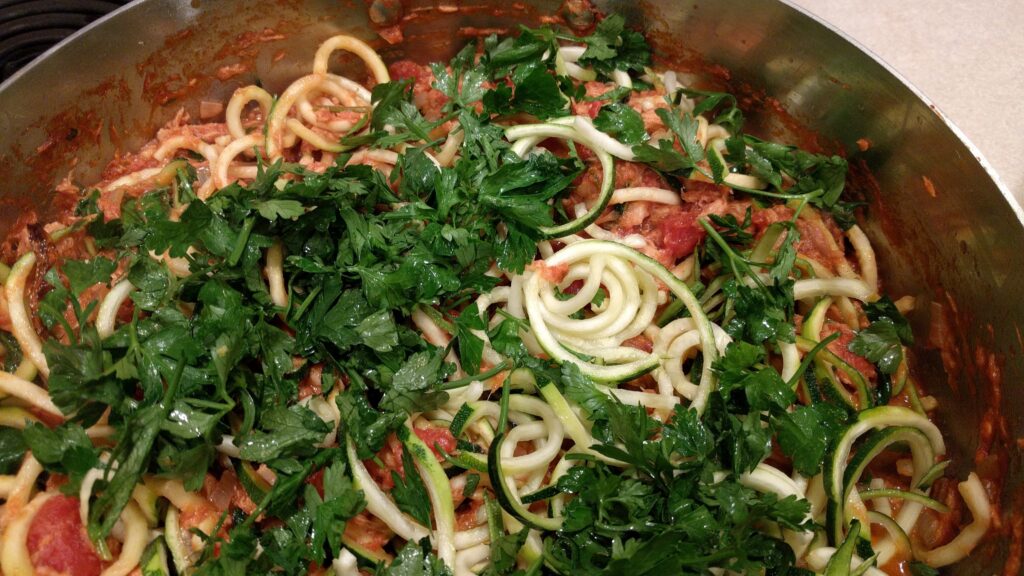Published 7/24/2021 by Jackie Olmstead — You’re on your way home from going to the store, you’ve got a smile on your face because you’re going to be making the supper of the century! But when you get home and unload your beautiful haul and look at your recipes you realize that you forgot a couple of the ingredients. OMG! And you don’t have time to go back. Plus your family is looking at you with those hungry eyes and you’ve got to throw on the wash while you start your cooking.
So… your mind races because you know you’ve got some other ingredients that might work, OH and you remember that your hubby said he wanted to have less caffeine (um, the chocolate cookies…) and those beans last time really made his evening very uncomfortable and REALLY wants to cut back on beans. And your current desire to change out your processed sugar is on your mind. Your mind races to remember what you’ve got in the fridge and your pantry to see if anything can replace what you forgot and what the family is wanting.
The good news is most recipes can be altered with substitutions. My life revolves around changing up recipes, making my own recipes and trying things that may or may not work out. I always seem to learn things the hard way it seems or maybe it’s because when I see it first-hand, I know exactly what works out better than other things.
Of course, there are so many reasons to sub-out ingredients. Your hubby might not like cilantro, your daughter might not like avocado or you might prefer more cinnamon on your oatmeal than everyone else. Allergies, preferences, seasonal dishes, availability in your area, you name it.
I believe recipes were MEANT to be tinkered with. I always look at the recipes as someone’s interpretation as to what worked for them at that given time. Oh, and don’t even get me started with recipes that were written with obvious incorrect quantities or just simply never worked out even when I made it exactly as they wrote it!
I spent some time this week compiling a list of ingredients that are commonly requested for substitutions. I guarantee that I forgot one of yours, so please feel free to reach out to me and I’ll see what I can find for you. It is a basic list, but it is for sure working for me and I am constantly trying new and different foods out there.
For example, grains and flours: There are so many to try and eventually I will try all that I have access to. I will see how they cook up in my regular schedule. I love it when I can make stuff ahead of time and freeze it. Getting off track, but you get what I’m saying!
Before I get into the list, I will say that my ideal food plan is always whole foods, plant based and certainly gluten free. I still will buy processed foods as it helps me in my busy world. And certainly grains and breads are processed but I buy the best quality and most whole grains when I do.

My chart really speaks for itself in general. But choosing what to replace your oil or egg with will definitely impact your recipe depending on how much moisture content the recipe needs. For example, are you making cake, are you making fried rice, are you making something that really doesn’t even require oil in the first place? This concept is important to know as well.
Eating without oils is absurd to some people as we have been led to believe that not only is oil good for you and you need it but to cook without it is impossible. Not true, neither one. You need fats, yes, but healthy fats like avocado and other foods with whole food fats are so much better for you.
When you sauté, you can do this instead of floating a bunch of oil at the bottom: Cook slower, sometimes lower heat, using either water or veggie broth instead of the oil. It works. You can use air fryers and hot air poppers too. I am not 100% oil free but I do as much as I can without the stuff. The main reason I tell my daughter: Too many calories with too little nutrients.

One thing I didn’t mention in my chart is replacing the regular wheat noodles with spiraling vegetables as seen in this pic above the text here. It’s a wonderful low carb idea for those who cannot eat sugar or need less sugar and/or carbs in their day. I have great replacements for sugar in the chart. My favorite in smoothies or other baking is dates.
If you are buying carob in place of chocolate like I am doing this month, be sure to buy a high quality brand that doesn’t use hydrogenated or fractionated oils. I found one on Amazon and also Azure Standard that get their carob from Australia. I like to read about the farms when I can.
Beans can actually replace flour in baking. But also sweet potato or other potato can replace beans too. Depending on the recipe, you can also use flours or grains to replace beans.
If your recipe calls for cow dairy cheese, you can easily buy plant based cheese (Follow Your Heart or Myoko’s are great companies) or you can make your own cheeze sauce (recipe here). Also, if it’s just a toss in to add a cheesy flavor, adding some nutritional yeast works wonderfully.
Quick History
As you may have read in my bio I went gluten free overnight when I was diagnosed with celiac disease back in 2015. After a year of researching foods and animals and how they are made, grown and/or treated I decided to go fully plant based in January of 2016. It’s also very close to “home” as I’ve seen too many people die from cancer and heart disease. So my lists I show you will never have animal based ingredients.
I’ve recently weaned myself off caffeine (i.e. coffee and now only occasional chocolate) and so I’ve added chocolate and coffee to my list of replacements to look for. If you’re addicted to coffee and don’t want to stop, I’m not here to shame you or give you a hard time about it. It’s a choice I’ve made because my body one day a couple months ago said, “No more coffee or chocolate as much as you have had.”
Salt is a surprising fun thing that I have found to replace with. In my whole foods plant based learnings, miso paste and coconut aminos are my favorite replacements for soups and sautees. When I buy salt, I get Himalayan sea salt in place of the more processed white.
Alcohol is a no-brainer as I stopped all consumption of it in 1990. So, in my cooking I always omit it and simply add citrus.
Salads!
If you’ve ever known us plant based peeps, you’ll know that our salads are always souped up with different types of greens, other veggies and different flavors and textures. Hello, sugar snap peas, nuts and warm asparagus chopped in. So, I encourage you to purposely sub-out your greens and try new ones.
Herbs. If you’ve ever wondered yes, you can use fresh or dried interchangeably but in different quantities. I say so. Always remember dried is more concentrated (three times approximately).
So, the more you experiment with subbing out your ingredients, the more it will come to be intuitive and you will feel like you have more flexibility in your kitchen. Less panic. More joy. Happy bellies. I call this Recipe Science. You got this, my friend!
BONUS list: (a couple resources I found for gluten free flour blend recipes or to buy, I am not affiliated. Let me know if you try or buy them.)
https://www.glutenfreepalate.com/gluten-free-flours/ (there are 2 recipes on this site)
https://lightorangebean.com/diy-purpose-gluten-free-flour-grains/ (recipe)
http://www.thevegancorner.com/gluten-free-flour-blends/ (recipe)
https://tiaskitchen.com/gluten-free-flour-mix-recipe/ (recipe)
https://shop.gfjules.com/products/gfjules-all-purpose-gluten-free-flour-1-5-lbs-pack-of-1 (to buy)
https://www.bobsredmill.com/index.php/catalog/product/view/id/2821 (to buy)




